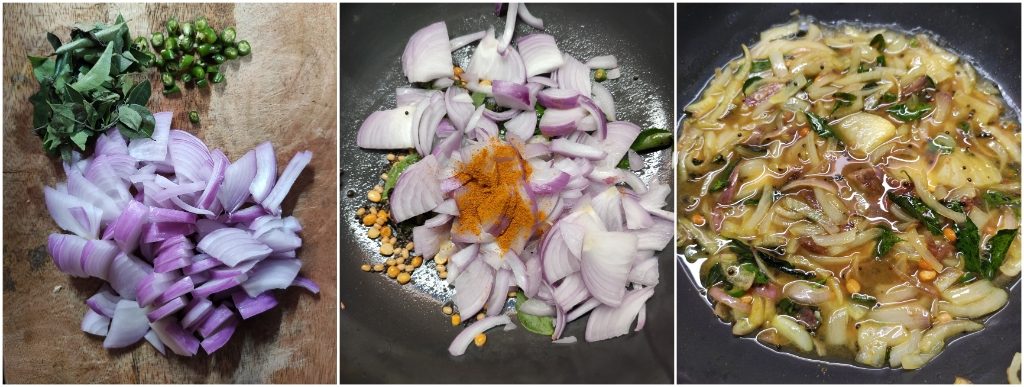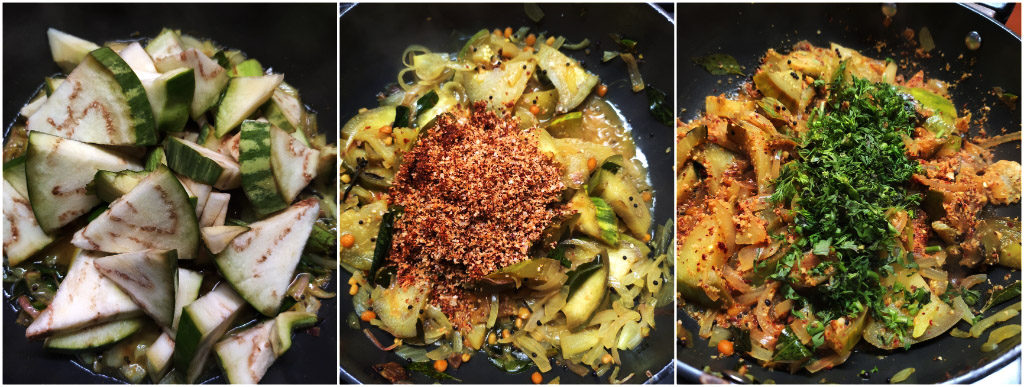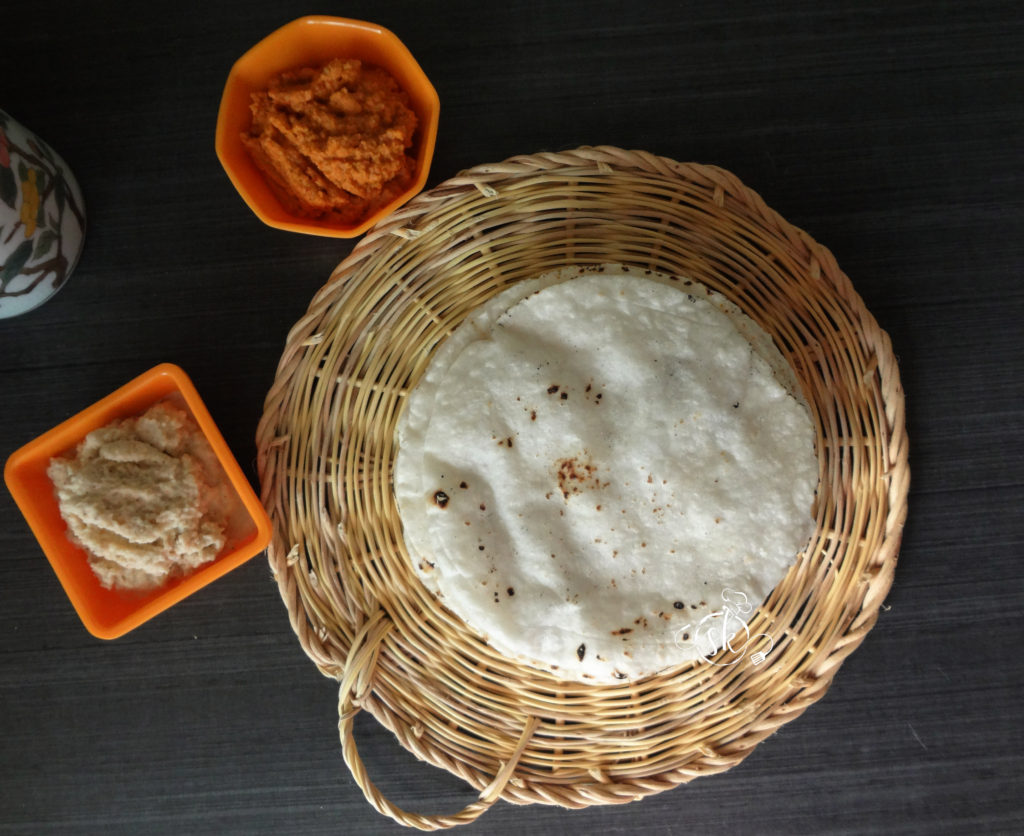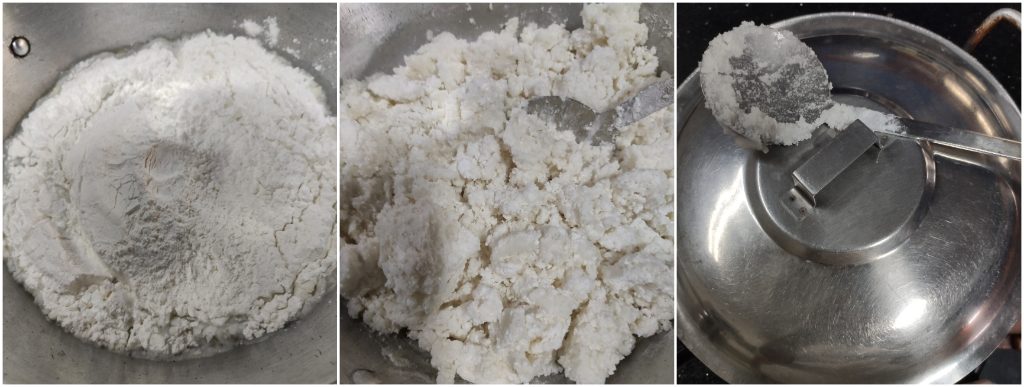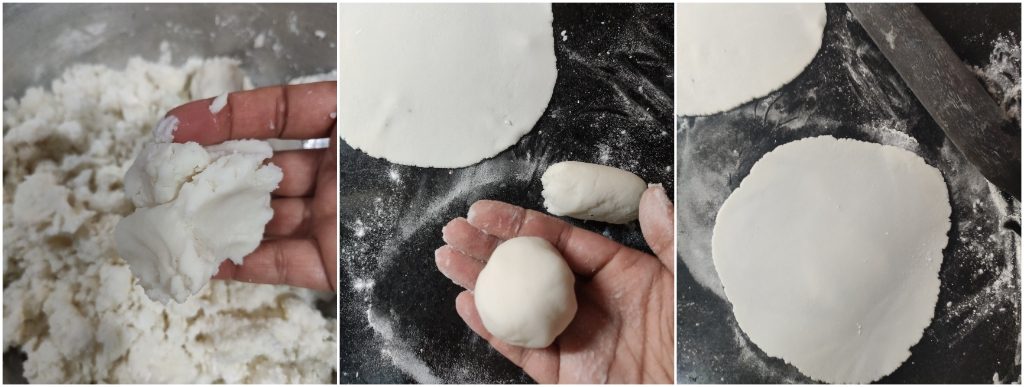Our Native Brinjal has its charm and a fan base. People who like it relish it in many ways. I have already shared the palya, and this dal is one more item, which is our family favourite and mild at the taste. Here, we use either Gulla or a native variety of big green brinjal.
It needs hardly any ingredient but tastes fantastic and soothing in the summer heat. It is No coconut, vegan curry.
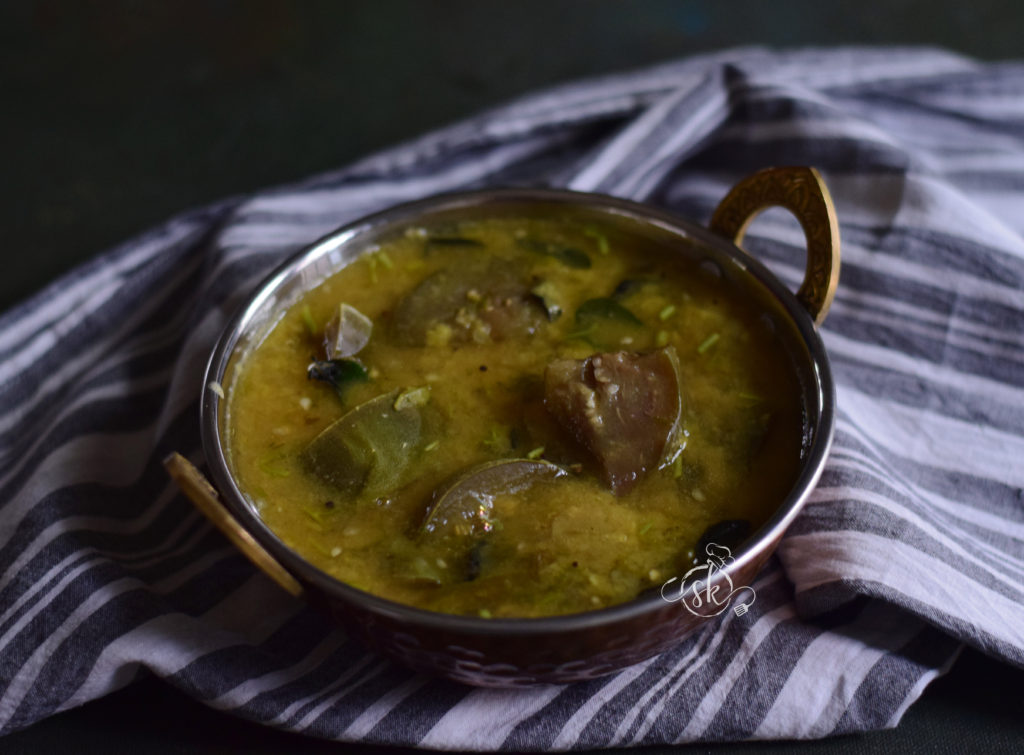
Ingredients:
Brinjal – 1 ( big)
Toor dal – 1 cup ( cooked with turmeric and mashed)
Green chillies – 5 to 8 ( slit)
Salt – as per taste
Jaggery – as per taste
Roasted methi powder – ½ to 1 spoon
Tamarind – small lemon sized
coriander leaves – 2 tbl spoon (Chopped)
Seasoning: Coconut oil – 1 tbl spoon, Mustard – 1 tsp, Hing – peanut size ball, red chilli – 1, curry leaves – 1 spring.
Method:
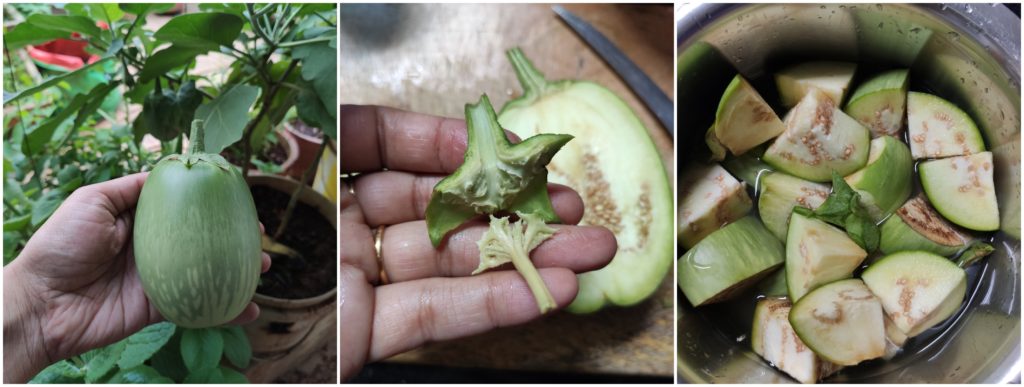
-Here, we use full brinjal, even its stalk. So, the chopping procedure is, Halve the brinjal, even the stalk. Make four slits lengthwise. And dice it. Remove the inner woody part of the stalk and discard.
-Put those brinjal pieces in water and immerse.
-Now, take one vessel, Boil tamarind, 2 cups of water, salt, jaggery, slit green chillies. When it starts boiling, add brinjal pieces by draining the immersed water.
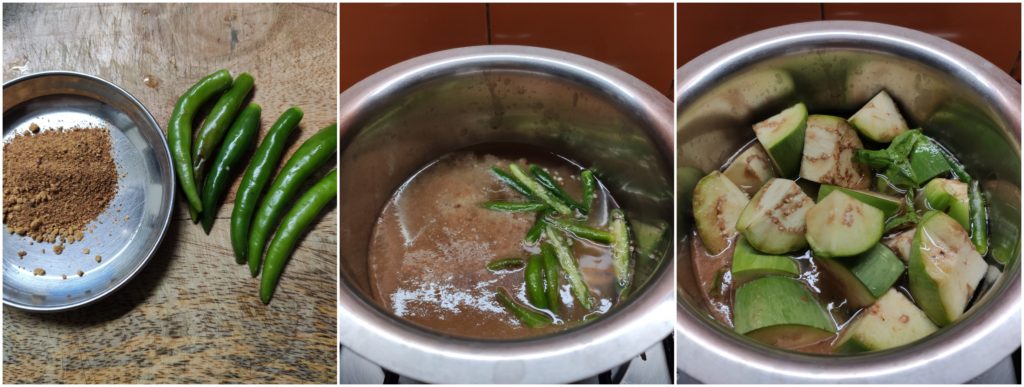
-When brinjal pieces turn soft, add mashed dal, roasted methi powder, adjust the salt and, jaggery and chillies according to your taste.
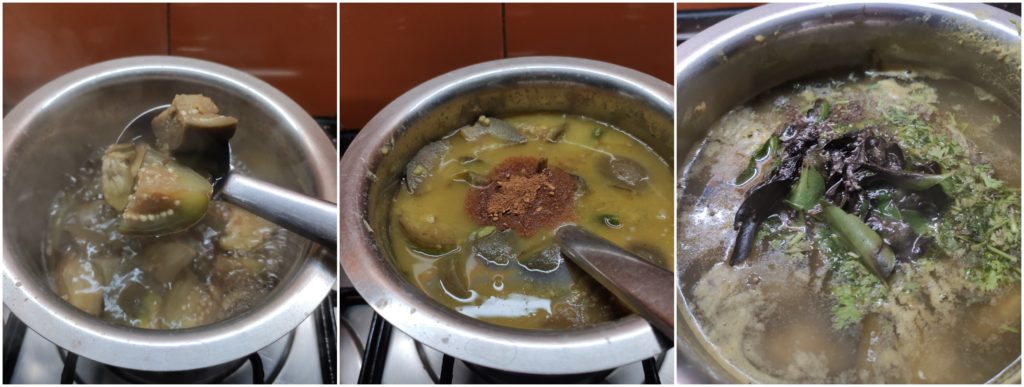
-Boil nicely, garnish with coriander. Do the seasoning by heating oil, splutter mustard, hing, red chilli and curry leaves.
-Enjoy with hot rice and papad.
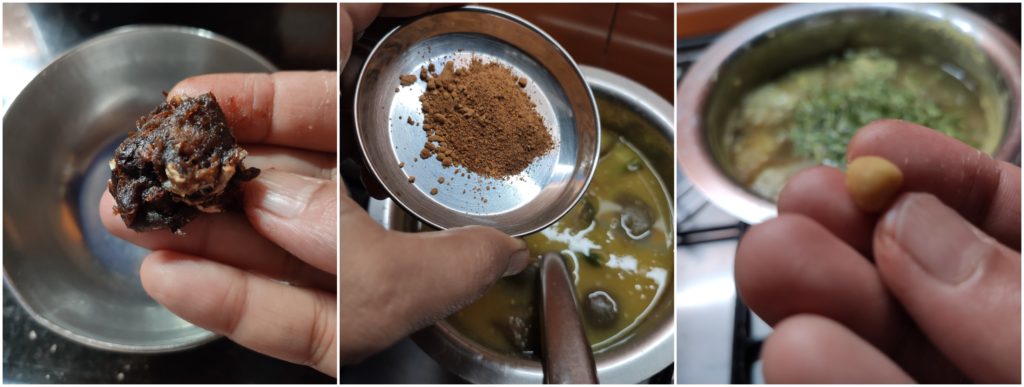
NOTE: You can check the quantity of all the essential ingredients in the Above picture.



